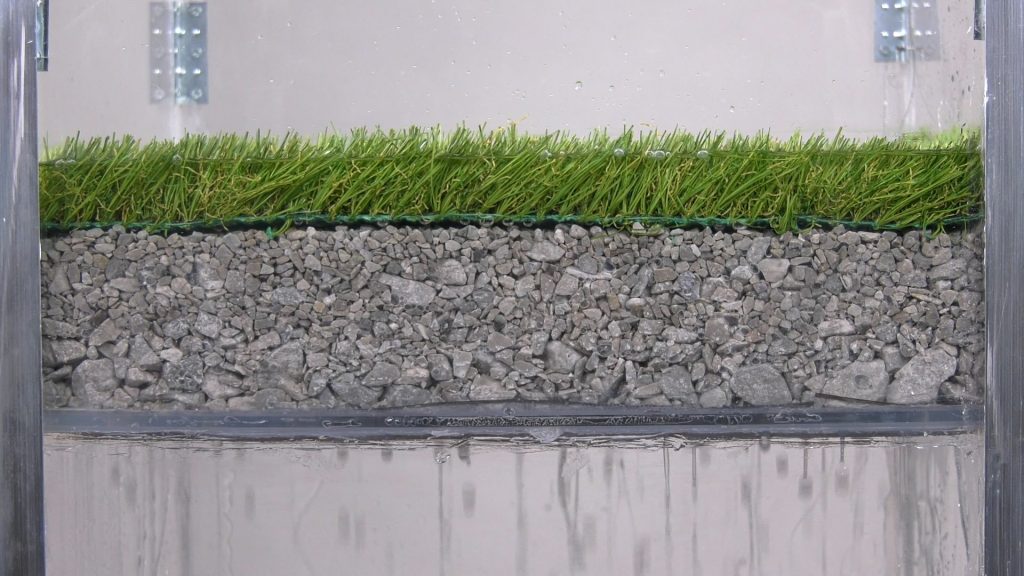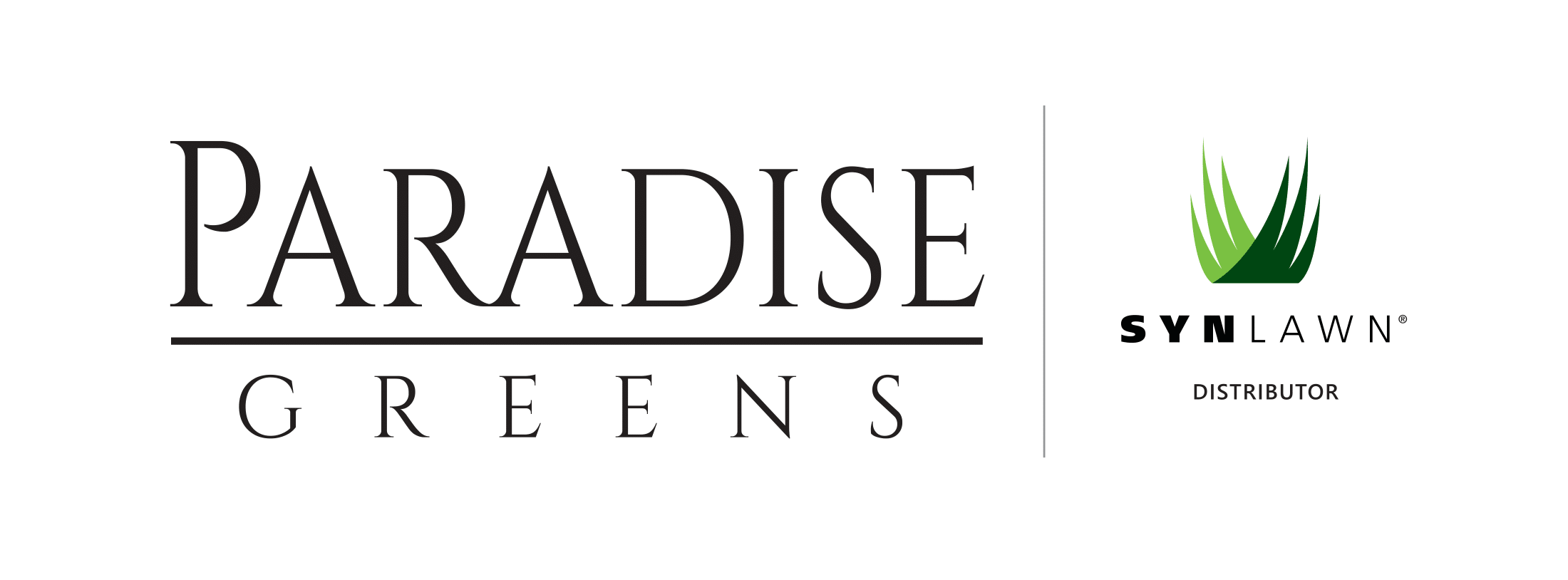It might surprise newcomers that drainage can be an issue in a desert climate like Arizona. During the official monsoon season (June 15 to September 30th), Arizonans are just as on the lookout for torrential rains as the gulf coast is for hurricanes. With all that rain, making sure your lawn drains well is an important practical and environmental consideration.

Artificial Turf Drains Better Than Natural Grass
The good news is that artificial turf drains even better than natural grass. The backing on artificial grass is designed to be extremely porous and will let even more water through to the underlying soil than natural grasses. Top artificial grasses will drain at a rate of up to 1,200 inches per hour – more than enough to beat monsoon season.
As an added bonus, you can be sure that artificial grass is pesticide-free and isn’t causing toxic chemicals. During a flood, natural grass will absorb floodwaters that may contain lawn chemicals and sewage, making it dangerous for dogs and kids to play outside for some time. Artificial grass won’t absorb or hold on to these chemicals, and washing off the surface will allow for easy removal as the water will drain right through.
ASTM Ratings and Drainage Over Time
Laboratory tests are one thing, but in a natural environment the drainage holes in some artificial turf products can get clogged with debris over time, resulting in reduced drainage. SynLawn’s EnviroLoc backing is one we recommend because rather than including a series of small, porous holes it features larger holes that won’t get clogged for superior drainage even in tough outdoor conditions. If you really want to know how well the turf you’re looking at drains, check for an ASTM drainage rating on your turf. That will help determine how much drainage your artificial turf provides (you guessed it, SynLawn’s Enviroloc includes an ASTM rating for drainage).
Your Sub-Base and Preparation Matter
While the backing on artificial grass drains incredibly well, poorly-installed artificial grass can still experience problems during rainy season. Water needs to have somewhere to go, and if your base layer cannot handle to volume of water, you will still run into problems. If you live in an area with well-draining soil, then you can avoid having to plan out drainage, but if your lawn already had drainage problems prior to installing artificial grass, then you’ll need to talk with your installation team prior to installing artificial grass.
Most of the soil in Arizona is a clay type (Casa Grande) that can have difficulty draining. Depending on where you live, your soil may contain a layer underneath the topsoil called caliche or hardpan that is incredibly hard and can sometimes be up to six feet deep. The crushed granite or stone used as a sub-base for artificial grass generally allows for better drainage than existing soil. Make sure you hire a properly licensed artificial grass installation team and discuss any drainage concerns with them prior to install so that they can prepare your yard for the best drainage possible.
Nothing Will Guarantee Against Flooding
There are limits to everything, and we’re not going to promise you that artificial grass will prevent flooding. There are a number of factors that impact flooding, such as proper neighborhood and city planning and the Arizona soil itself. However artificial grass drains better than natural grass (which was never intended to be planted in the desert anyway). So if you’re looking into installing artificial grass, go with Paradise Greens to ensure you get the best artificial grass installation service in Arizona.
Call Us Today
If you’re interested in the best-draining artificial grass products available for the greater Phoenix metro and all across Arizona, give us a call at 480-586-0655. Paradise Greens is bonded, licensed and insured for installation of artificial grass for residential and commercial applications.
